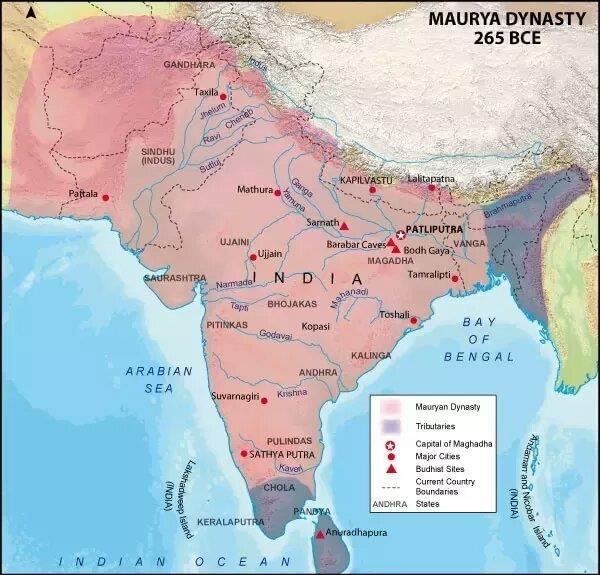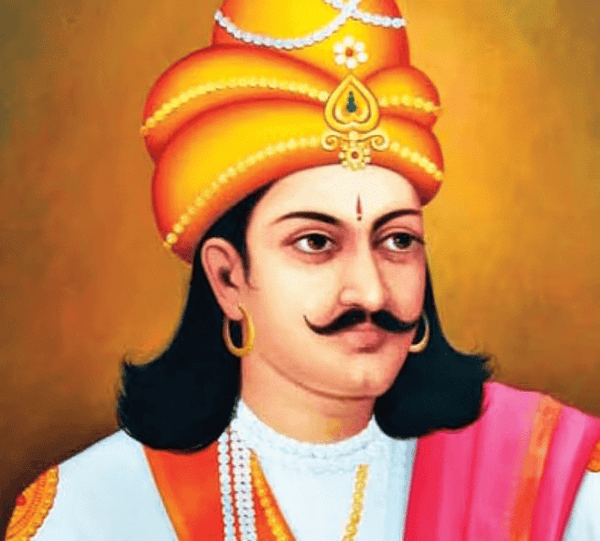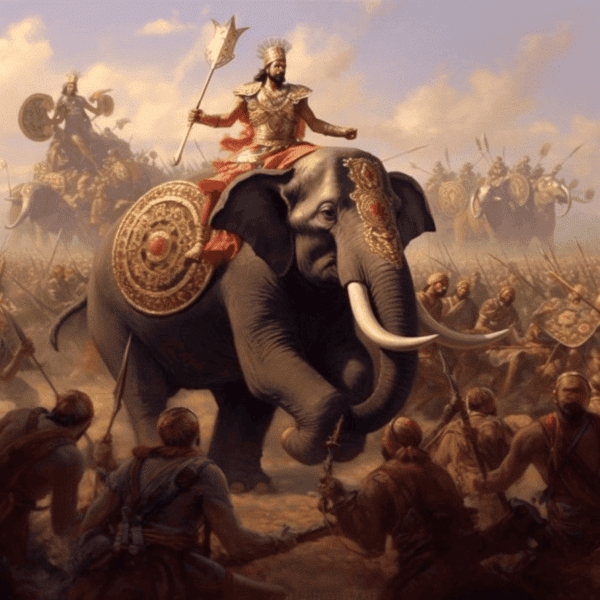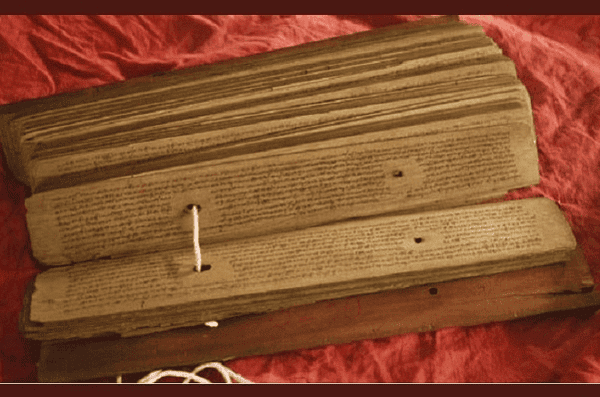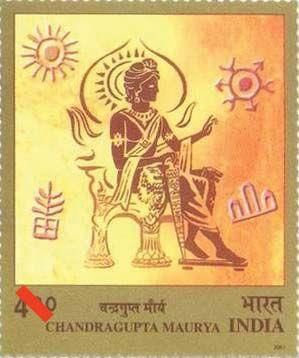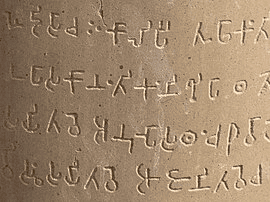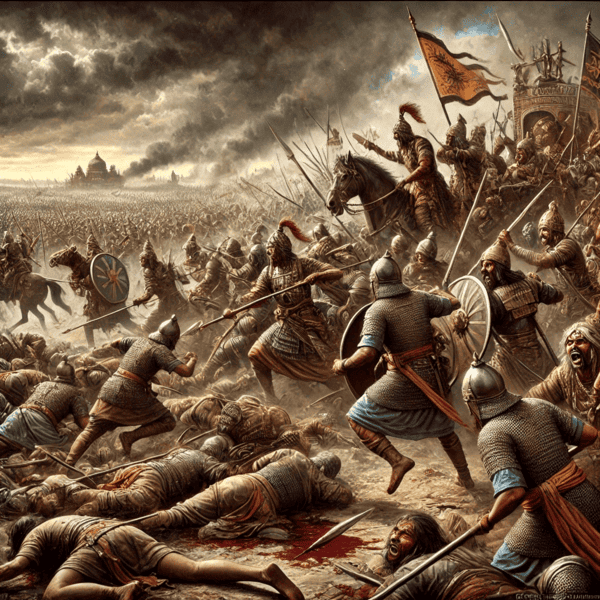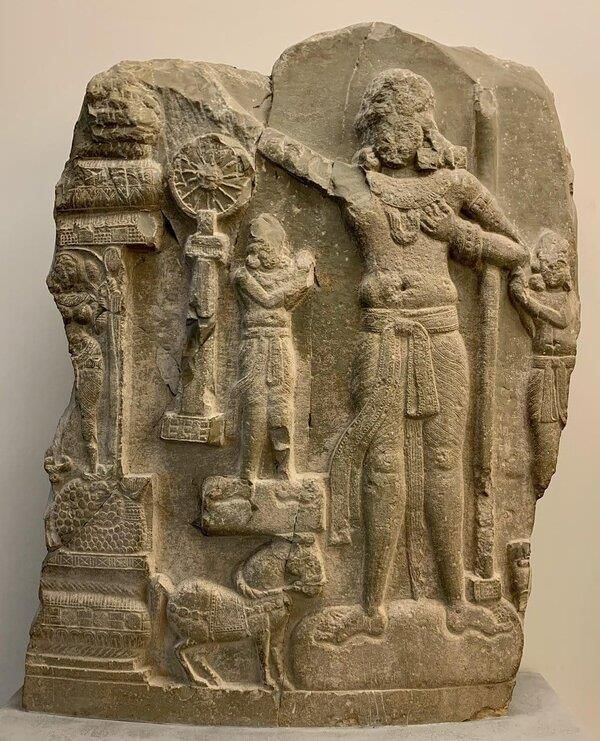|
True or False: Chandragupta Maurya conquered a large part of India with an army of 600,000. |
Card: 1 / 40 |
|
The territories acquired by Chandragupta Maurya after defeating Seleucus included ___ and ___. |
Card: 3 / 40 |
|
What significant political action did Chandragupta Maurya take against the Nanda rulers? |
Card: 5 / 40 |
|
Fill in the blank: The Mauryan Empire reached its height under the rule of ___ and his successors. |
Card: 7 / 40 |
|
True or False: The Mauryan Empire was known for its extensive cultural and philosophical developments. |
Card: 9 / 40 |
|
True or False: The Mauryan military consisted of 600,000 foot-soldiers and 8,000 chariots. |
Card: 11 / 40 |
|
The Arthasastra provides insights into the Mauryan administration and is believed to contain genuine information about ___ governance. |
Card: 13 / 40 |
|
True or False: Provinces in the Mauryan Empire were governed by local leaders unrelated to the royal family. |
Card: 15 / 40 |
|
The inscriptions of Ashoka were primarily written in ___ language and ___ script. |
Card: 17 / 40 |
|
They provide insights into Ashoka's life, his domestic and foreign policies, and the expanse of his empire. 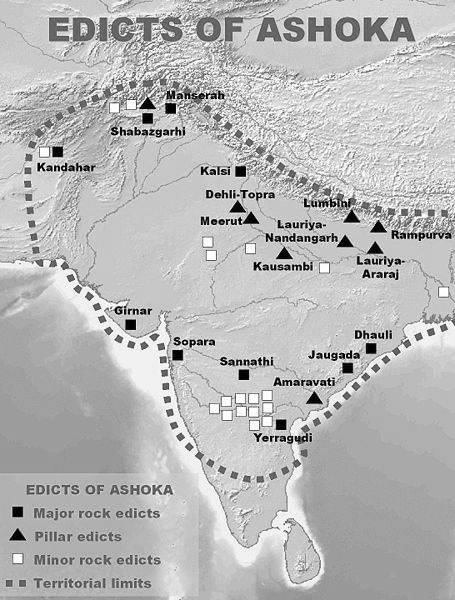 |
Card: 20 / 40 |
 Unlock all Flashcards with EduRev Infinity Plan Starting from @ ₹99 only
|
|
True or False: Ashoka communicated with people through oral traditions rather than written inscriptions. |
Card: 21 / 40 |
|
False; Ashoka pioneered direct communication with people through inscriptions. 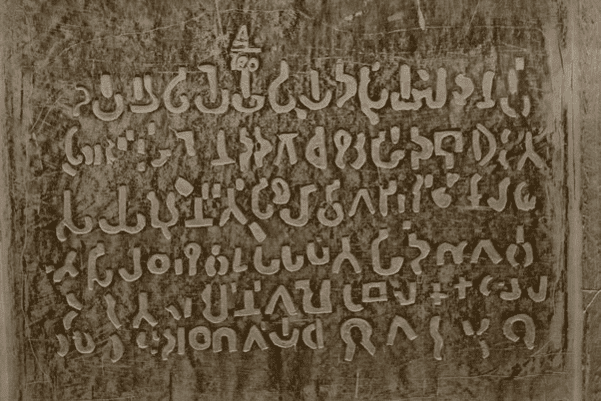 |
Card: 22 / 40 |
|
They were strategically placed along ancient highways to ensure visibility and accessibility to the public. 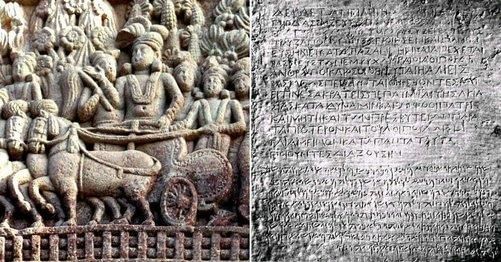 |
Card: 24 / 40 |
|
The Kalinga War led Asoka to embrace ___, which influenced his policies moving forward. |
Card: 25 / 40 |
|
True or False: After the Kalinga War, Asoka completely abandoned militaristic actions in his rule. |
Card: 27 / 40 |
|
False. Asoka did not entirely abandon militaristic actions; he aimed to expand his empire ideologically while retaining a substantial military force. |
Card: 28 / 40 |
|
Fill in the blank: Asoka prioritized the propagation of ___ among his people following the Kalinga War. |
Card: 29 / 40 |
|
True or False: Asoka’s diplomatic efforts included sending peaceful envoys to neighboring kingdoms. |
Card: 31 / 40 |
|
True or False: Asoka emphasized attaining nirvana as the primary goal of his teachings. |
Card: 35 / 40 |
|
False. Asoka's teachings focused on societal harmony and good behavior rather than specifically advocating for the attainment of nirvana.  |
Card: 36 / 40 |
|
The concept of paternal kingship in Asoka's rule urged officials to care for citizens as their own ___. |
Card: 37 / 40 |
|
He appointed officials to promote Dhamma and undertook pilgrimages to Buddhist shrines.  |
Card: 40 / 40 |





